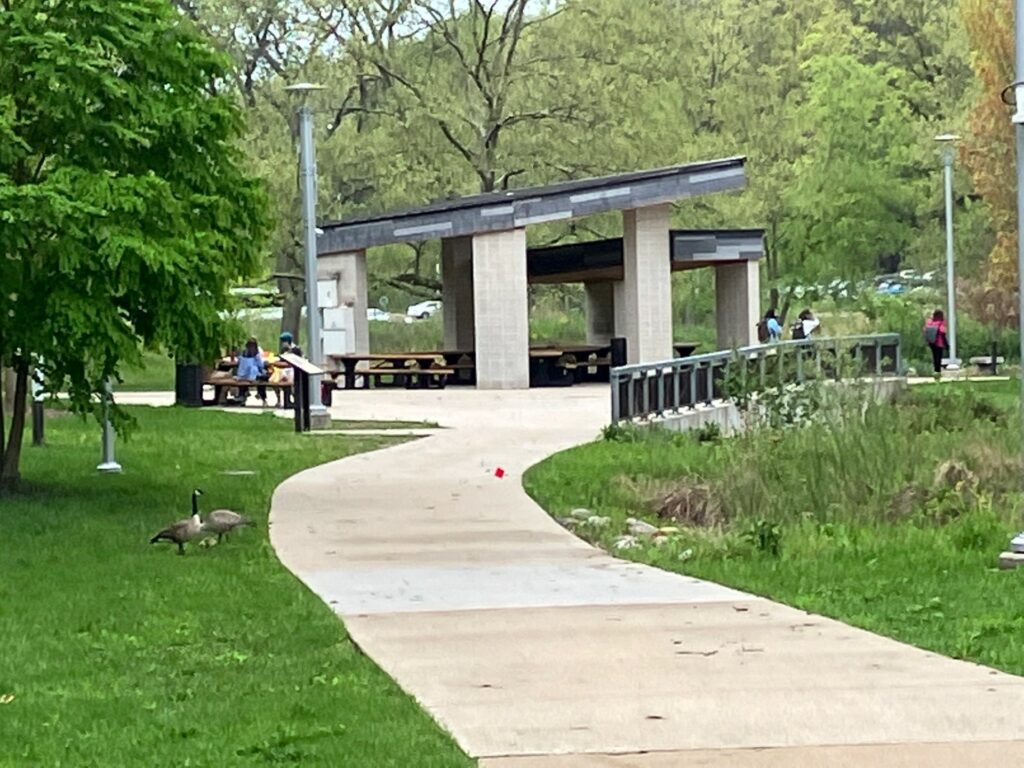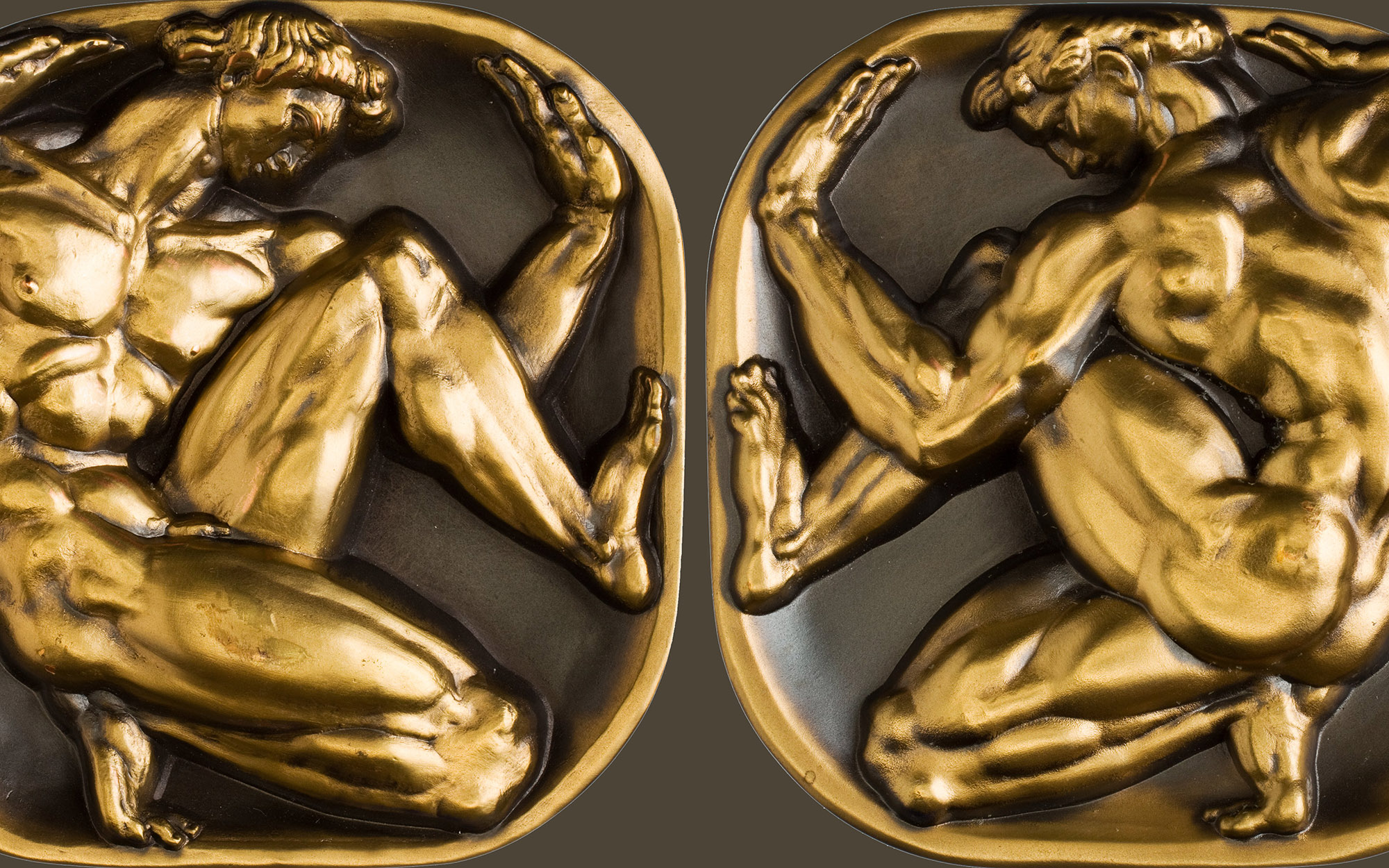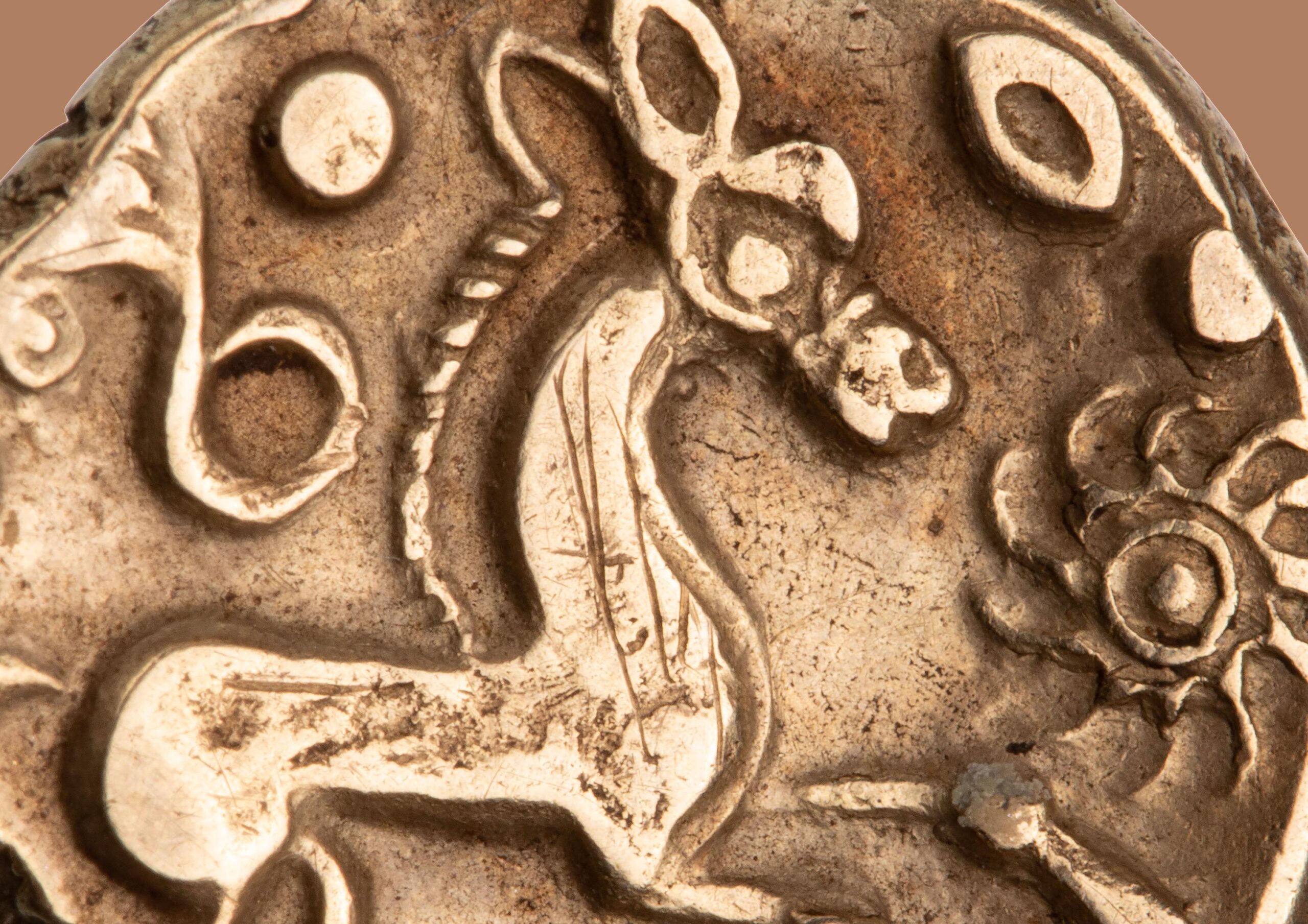Medieval European Numismatics in the United States

The International Congress on Medieval Studies has met every May at Western Michigan University in Kalamazoo for over fifty years, with the notable exception of the years 2020 through 2022, due to the COVID pandemic. The resumption of an in-person conference this year was a welcome opportunity to see friends and colleagues again, and also an occasion to ponder the intersection of numismatics and medieval studies in the United States.
In Europe, numismatists generally study the Middle Ages in the context of a particular country or region, typically their own. Thus, rather than a shared field of medieval numismatics, Europeans instead have many fields such as French numismatics, Spanish numismatics, and so on, each of which includes medieval specializations. The study of ancient Greece and Rome (including their coins) tends to be thoroughly international, but the study of medieval Europe is less so. It is very rare for a numismatist to engage with the medieval period in many countries, the way Philip Grierson did, for example.
In the United States, which lacks a medieval coinage of its own, the numismatics as well as the history and archaeology of medieval Europe can be approached more broadly. However, the study of medieval Europe is also more peripheral than it is in countries where it is an integral part of the national story. The field of medieval studies in the United States, perhaps in part due to distance from the source material, also has a tendency to be more literary in approach than is typical of the medievalists in Europe. A very substantial proportion of academic medievalists in the United States are to be found in departments of English literature or other languages such as French or German, and medieval archaeology is barely present.
So it is interesting to observe that numismatics is a small but persistent part of medieval studies in the United States. Numismatic sessions have occurred regularly at the conference for many years. There were three sessions at this year’s International Congress on Medieval Studies that focused numismatics and sigillography, as well as another session on social/cultural attitudes regarding money and a few papers about coins in other sessions too. At least four graduates of the ANS Summer Seminar participated in the conference. However, participation by overseas scholars, who constitute the great majority of medieval numismatists, has not yet recovered from the pandemic—the online versions of the conference in 2021 and 2022 had a significantly greater representation of numismatists, since participation did not require transatlantic travel.
The number of persons involved is small, and individual factors can be significant. Of the three institutions most active in medieval numismatics at this conference—Princeton University, the American Numismatic Society, and Dumbarton Oaks—the largest share of activity comes from Dumbarton Oaks, thanks in large part to its very active summer program in Byzantine numismatics and sigillography. Thus, although the study of Byzantine seals would not generally be considered a dominant sector of medieval European numismatics, it tends to be better represented at the Kalamazoo conferences than any other field of numismatics. Other fields represented this year included Byzantine, Late Roman, Sasanian, Anglo-Saxon, and Spanish coins.
At the same time, one should not overestimate the condition of medieval numismatics in the United States. Relatively few of the papers pertaining to medieval coinage are presented by tenured university faculty. Papers with a more numismatic (including sigillographic) focus are most often presented either by graduate students or by museum staff. It is not impossible to build a conventional academic career with an interest in medieval numismatics, but it is not very easy.
In other words, numismatics remains a part of medieval studies in the United States, but a marginal part. The knowledge is not entirely irrelevant, but nor is it central to the cultural and literary concerns of mainstream academic medievalists. It does not offer much in the way of job prospects for students.
A hopeful general trend is increasing discussion of digital humanities. This is an area where numismatics may have potential for growth, being easily represented digitally and already actively using digital methods. Moreover, one might imagine that increased interest in digital humanities may encourage medievalists to look more at empirical and quantitative topics of research, where numismatics is directly useful and relevant.




